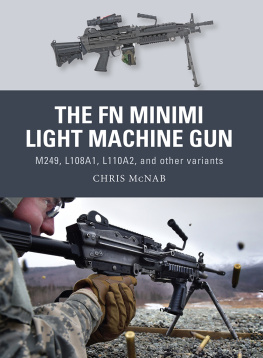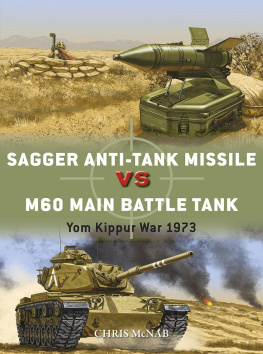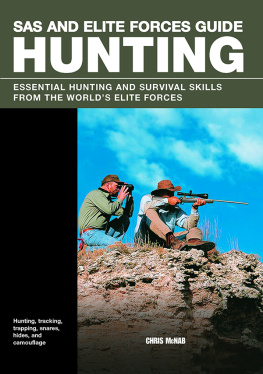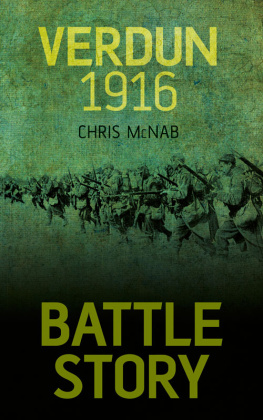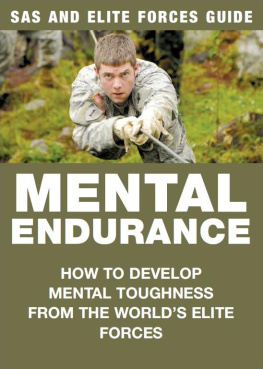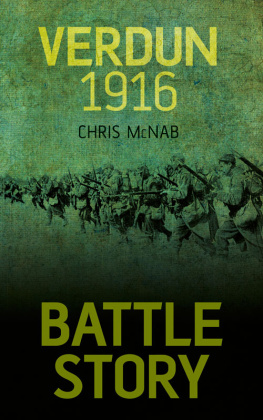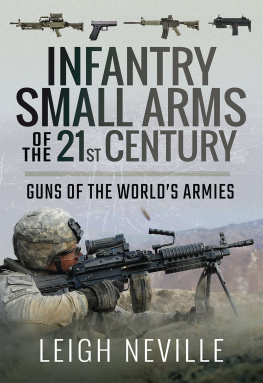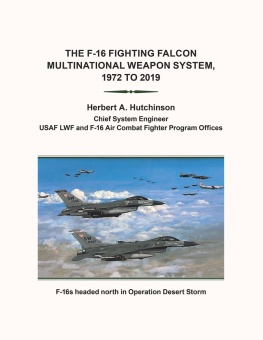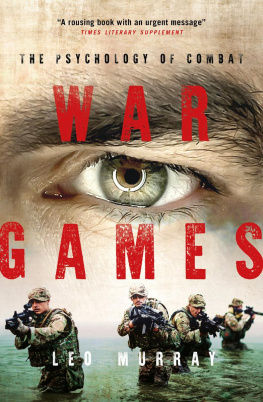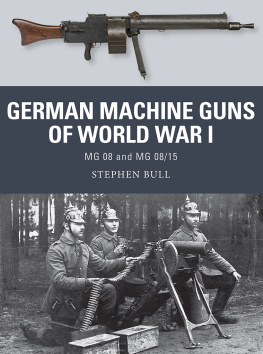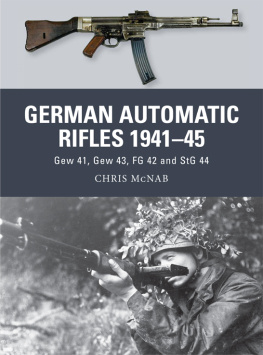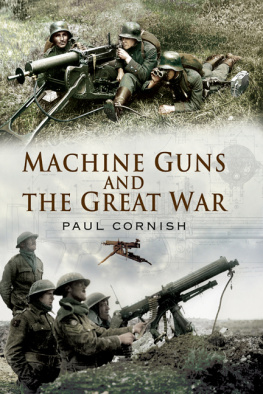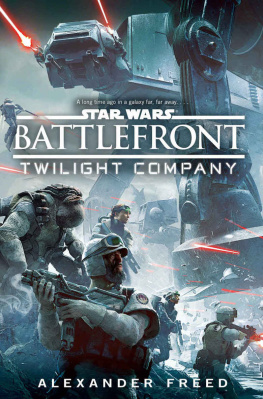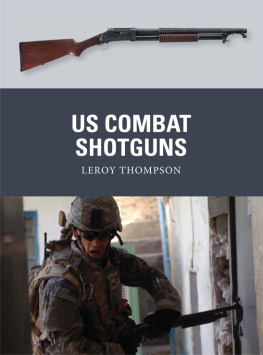
First published in Great Britain in 2017 by Osprey Publishing,
PO Box 883, Oxford, OX1 9PL, UK
1385 Broadway, 5th Floor, New York, NY 10018, USA
E-mail:
This electronic edition published in 2017 by Bloomsbury Publishing Plc
Osprey Publishing, part of Bloomsbury Publishing Plc
OSPREY is a trademark of Osprey Publishing, a division of Bloomsbury Publishing Plc.
2017 Osprey Publishing Ltd.
All rights reserved
You may not copy, distribute, transmit, reproduce or otherwise make available this publication (or any part of it) in any form, or by any means (including without limitation electronic, digital, optical, mechanical, photocopying, printing, recording or otherwise), without the prior written permission of the publisher. Any person who does any unauthorised act in relation to this publication may be liable to criminal prosecution and civil claims for damages.
A CIP catalog record for this book is available from the British Library
ISBN: 978-1-4728-1621-4 (PB)
ISBN: 978-1-4728-1623-8 (eBook)
ISBN: 978-1-4728-1622-1 (ePDF)
Osprey Publishing supports the Woodland Trust, the UKs leading woodland conservation charity. Between 2014 and 2018 our donations are being spent on their Centenary Woods project in the UK.
To find out more about our authors and books visit www.ospreypublishing.com. Here you will find our full range of publications, as well as exclusive online content, details of forthcoming events and the option to sign up for our newsletters. You can also sign up for Osprey membership, which entitles you to a discount on purchases made through the Osprey site and access to our extensive online image archive.
CONTENTS

INTRODUCTION
While this book is first and foremost a history of one particular type of machine gun, the FN Minimi, it is also in part the story of the ammunition the Minimi fires: the 5.5645mm NATO. This particular aspect of the narrative is replete with controversy, strong opinions, conflicting research, and above all the hunt for the perfect light machine gun (LMG). As will become clear, that quest is far from over.
Through navigation of these themes, it is evident that the FN Minimi is one of the most successful firearms concepts of the last half-century. Emerging from the legendary creativity of Fabrique Nationale (FN; also known as FN Herstal after its headquarters in Belgium) in the 1970s, the Minimi took the world of military firearms by storm. To date, it has been adopted by more than 75 countries, including as the standard LMG of the US armed forces, and has been battle-tested and trialed in every conceivable type of terrain, environment, and conflict. As we shall see, the assessment of the Minimi has, at different times and in various forms of service, been mixed. I will argue that the essential quality and fundamental performance of the gun itself are confirmed, as is its place in the tactical make-up of the modern infantry fire team.
Returning to the subject of ammunition, to understand the controversy surrounding the 5.56mm round we have to go back to the 1950s, when the postwar militaries were thinking about the next generation of infantry weapons. World War II had seen the introduction of the intermediate rifle round, at first in the form of the German 7.9233mm kurz (short) round for Nazi Germanys MP 44 Sturmgewehr, the worlds first true assault rifle. (A case can be made for the US M1 Carbine having introduced the intermediate round, but the latters straight case design and limited range qualify that claim somewhat.) What was intermediate about the 7.92mm kurz was that it essentially sat between the pistol round and rifle round in terms of power and performance. In practical terms, this meant that the MP 44 could comfortably handle full-automatic fire, unlike a shoulder- mounted weapon firing a full-power rifle cartridge, but the cartridge still delivered decent penetration and a flat trajectory over typical combat ranges (200600m; 219656yd).

A machine-gunner with Company E, Battalion Landing Team 2/4, fires an M249 SAW (Squad Automatic Weapon) at 750rd/min during a US Marine Corps heliborne raid training exercise. (USMC)
The rest of the world took notice. In the aftermath of the war, the Soviets made the first move, creating the legendary AK-47 assault rifle in the late 1940s, chambered for the 7.6239mm. Significantly, the Soviets had also applied that round to a new LMG, the RPD, introduced into Soviet service in 1944, before the AK-47. The intermediate rounds were fed into the gas-operated RPD via 100-round non-disintegrating belts, which were held in a drum magazine. The British were also conducting postwar experiments with new types of ammunition, in particular their .280in (7mm) round for the EM-2 bullpup rifle. This line of investigation was quashed, however, when the United States enforced its will in the selection in 1954 of a new NATO standard cartridge for battle rifles and machine guns: the potent 7.6251mm NATO. For a short time at least, it seemed as if there would be an East/West split in terms of the philosophical approach to ammunition, with the Eastern Bloc leaning toward the intermediate cartridge for its assault rifles and LMGs, while the West standardized on the full-power rifle round for its rifles, LMGs, and medium machine guns (MMGs); but the question was far from settled. During the late 1950s, the US government and firearms industry began to explore the development of a lighter round for its troops, focusing on the development of cartridges of .223in/5.56mm caliber that delivered the requisite performance through ultrafast velocities of around 3,280ft/sec. The .223in Remington cartridge became the 5.56mm M193 in military designation, and was adopted as a standard type in 1963. It went into the next generation of US military rifle, the M16, though against considerable resistance from the old guard, who resented the plastic rifle and what they saw as a cartridge lacking in penetration and range. What the 5.56mm round offered was the ability for the soldier to carry nearly twice as much ammunition into battle as his 7.62mm-armed comrade, and to deliver stable full-automatic fire. In addition, the impact fragmentation of the M193 led to some astonishing (although often mythologized) wounding effects when fired from the M16. Momentum now built up within NATO to switch to the lighter caliber, and in 1977 the 5.5645mm NATO was selected as the replacement for the 7.62mm round in rifles. While the United States already had the M16, the rest of the world began developing a new generation of rifles to take the cartridge.
So where did machine guns fit into this picture? Traditionally, all except the heaviest varieties of machine gun had fired the standard full-power rifle round of the day. This made sense: machine guns have greater requirements for range, penetration, and attrition than standard-issue rifles, and the beefy rifle cartridge satisfies those requirements. Yet with the RPD, and its later version the RPK, the Soviets had shown that the intermediate cartridge could be utilized for a light squad support weapon, the longer and heavier barrel optimizing the performance of the cartridge.

